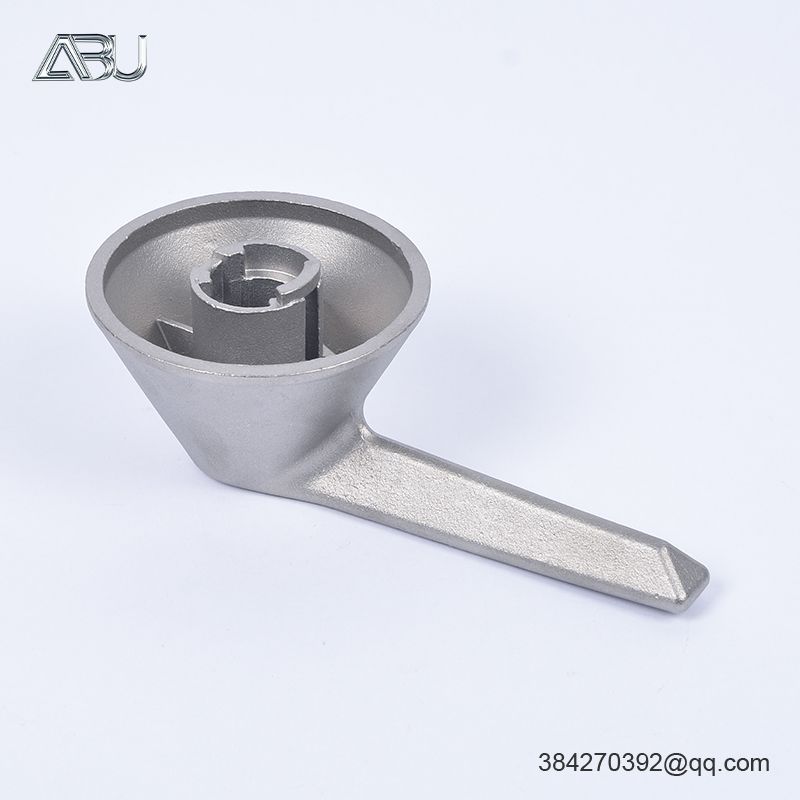Lost wax casting, also known as investment casting, is an ancient metalworking technique that involves the creation of a wax model, encasing it in a mold, melting out the wax, and pouring molten metal into the mold. This technique has been used for thousands of years to create intricate and detailed metal objects such as sculptures, jewelry, and industrial components. In this article, we will explore the six steps of the lost wax method of casting.
Step 1: Creating the Wax Model
The first step in the lost wax casting process is creating a wax model of the desired object. The wax can be carved by hand or created using computer-aided design (CAD) software. The wax model is created to be an exact replica of the final object, including all the details and features.
Step 2: Creating the Mold
Once the wax model is complete, it is encased in a mold made of ceramic or plaster. The mold is made in two or more pieces to allow for the removal of the wax model. The mold is then heated, which causes the wax to melt and drain out of the mold, leaving behind a cavity in the shape of the wax model.

Step 3: Preparing the Mold
Before the molten metal is poured into the mold, it must be prepared. This involves cleaning the mold and applying a releasing agent to the inside of the mold to prevent the metal from sticking to the mold.
Step 4: Pouring the Metal
Additional resources:The next step is to pour molten metal into the mold. The type of metal used depends on the final object being created. The metal is heated to a temperature high enough to melt it, and then poured into the mold.
Step 5: Cooling and Solidifying
Once the metal has been poured into the mold, it is left to cool and solidify. The cooling process can take several hours or even days depending on the size and complexity of the object being created.
Step 6: Removing the Mold and Finishing
After the metal has cooled and hardened, the ceramic or plaster mold is broken away from the metal casting. The metal casting is then cleaned and finished using a variety of techniques, such as grinding, polishing, and sandblasting, to achieve the desired texture and surface finish.
Conclusion
The lost wax method of casting is a complex and time-consuming process, but it produces highly detailed and precise metal objects. The six steps of the process include creating the wax model, creating the mold, preparing the mold, pouring the metal, cooling and solidifying, and removing the mold and finishing. This technique has been used for thousands of years and is still widely used today in various industries such as art, jewelry making, and industrial manufacturing. The lost wax method of casting continues to be a valuable technique in the world of metalworking.
Related Articles
Comments
Please Join Us to post.
0